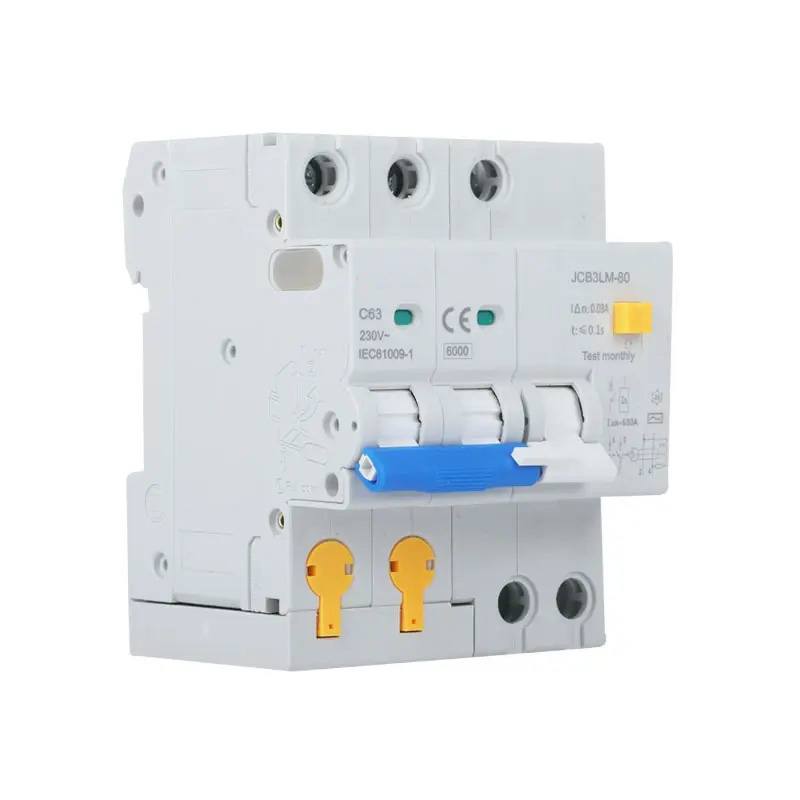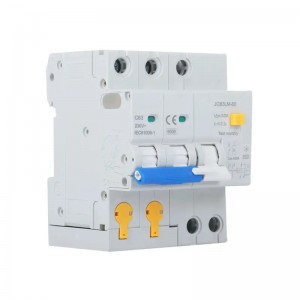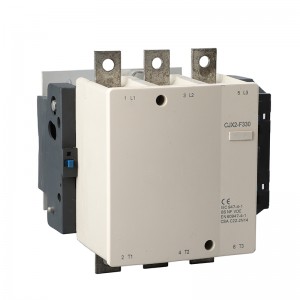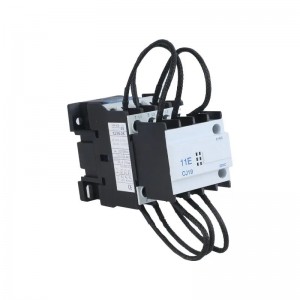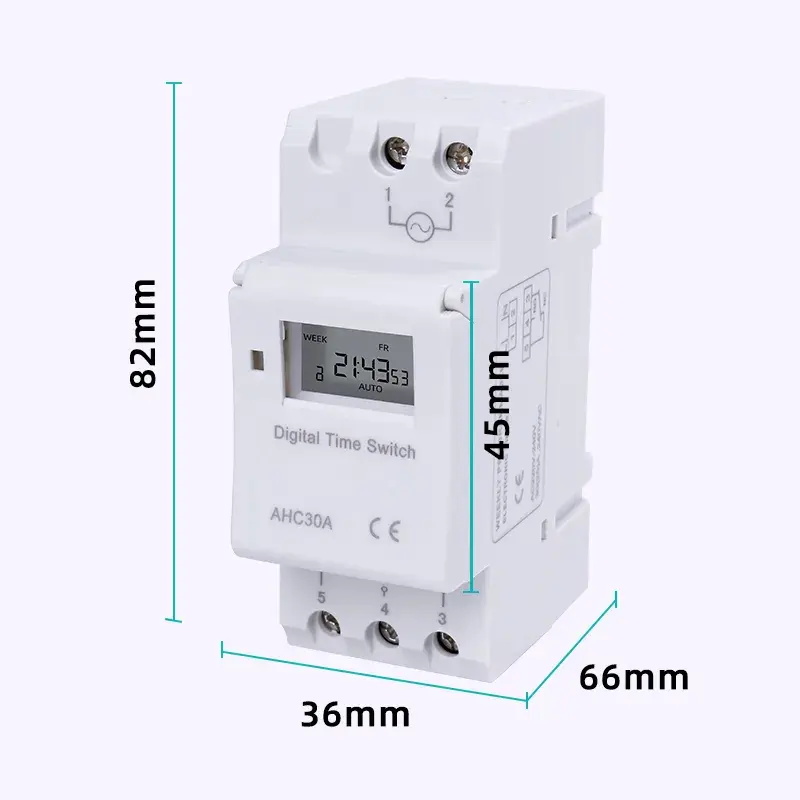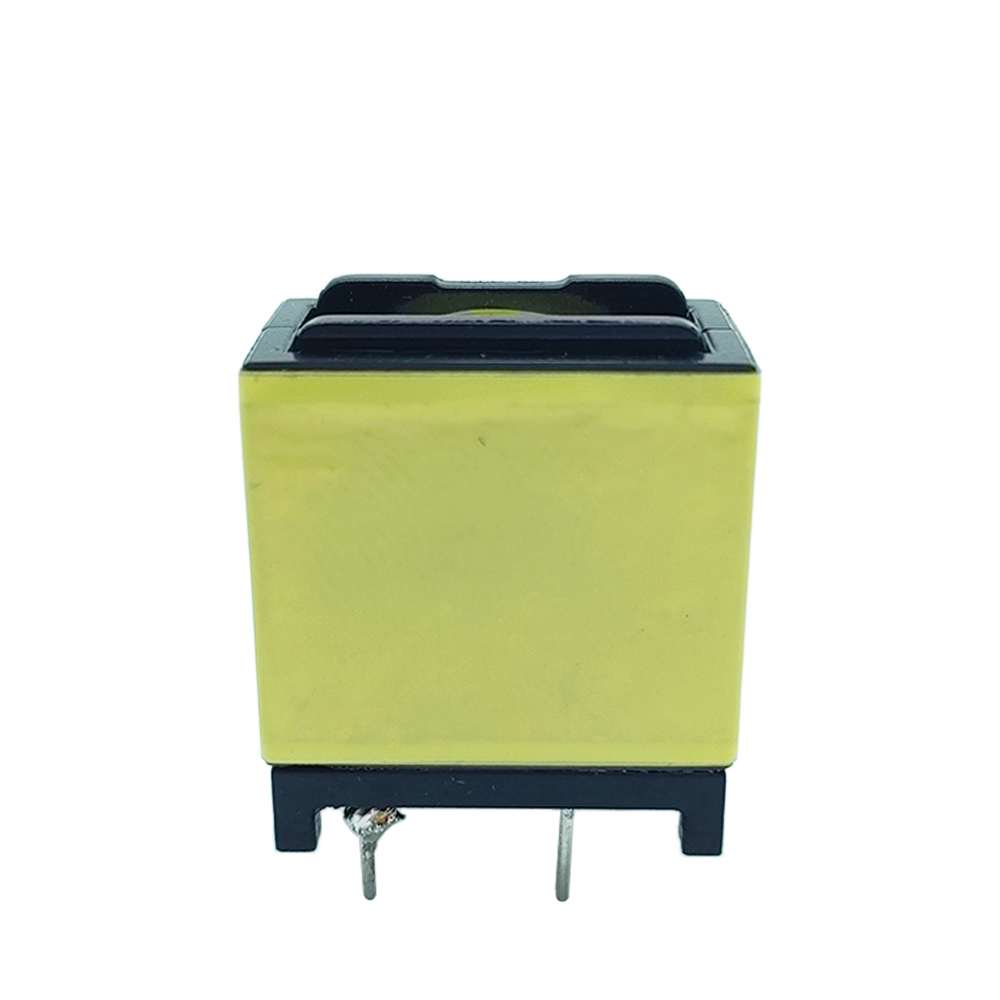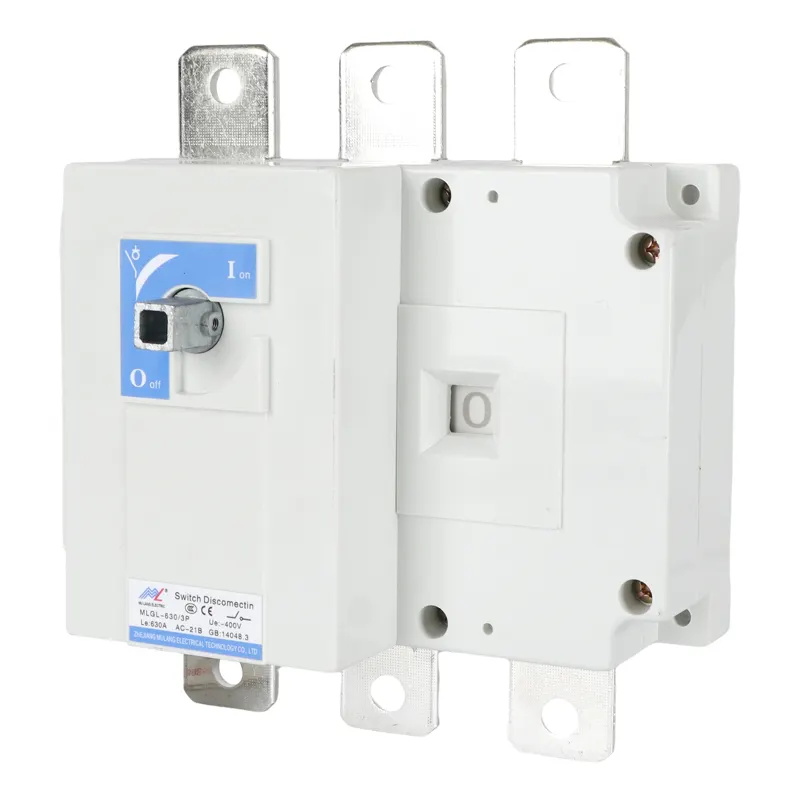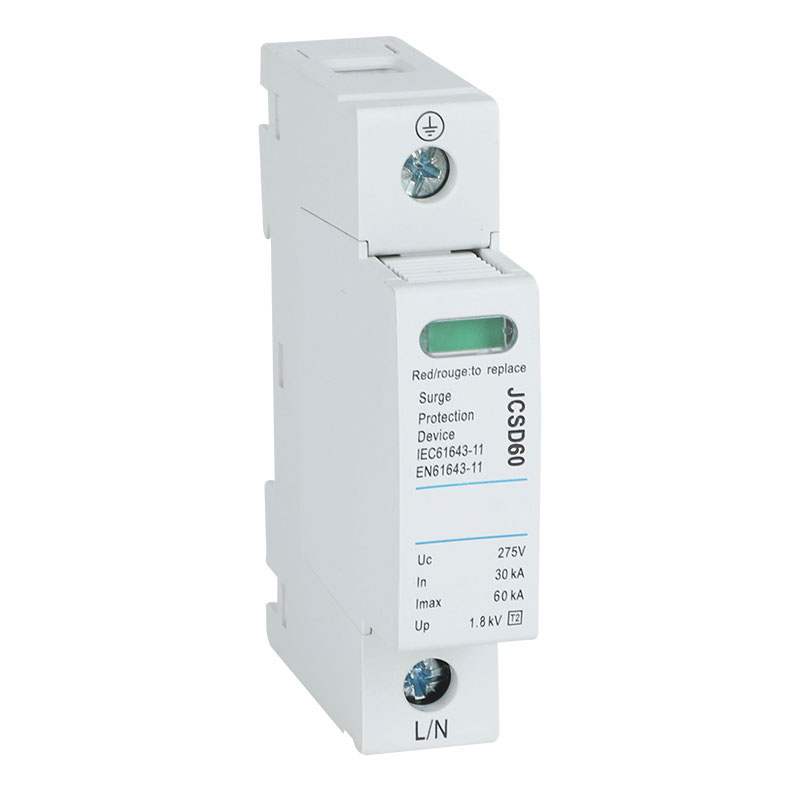Working and installation conditions
Ambient air temperature: the upper limit is not greater than +40℃, the lower limit is not less than -5℃, and the 24h average temperature is not more than +35℃
Notes:
(1) If the lower limit is -10℃ or -25℃ working conditions, the user must declare it to the manufacturer when ordering.
(2) If the upper limit exceeds +40℃ or the lower limit is lower than -25℃, the user should negotiate with the manufacturer.
Installation location: altitude not exceeding 2000m
Atmospheric conditions: When the ambient air temperature is +40°C, the relative humidity of the atmosphere does not exceed 50%. Higher relative humidity can be tolerated at lower temperatures. For example, 90% at +20°C. Appropriate measures should be taken for the occasional occurrence of condensation due to temperature changes.
Installation conditions: The external magnetic field at the installation site should not exceed 5 times the geomagnetic field in any direction. Generally, it is installed vertically, with the handle upward as the power-on position, and the tolerance in any direction is 2. There should be no obvious shock or vibration at the installation site.
Expanding to working and installation conditions, various environmental factors must be considered to ensure the best performance and reliability of the JCB3LM-80 Series Earth Leakage Circuit Breaker (ELCB). Specified ambient air temperature limits (ranging from -5°C to +40°C) and a 24-hour average temperature limit not exceeding +35°C are critical to maintaining the operational integrity of the ELCB. In addition, if the working environment is below -10℃ or -25℃, or exceeds +40℃ or below -25℃, users should communicate with the manufacturer when ordering to ensure that appropriate measures are taken.
In addition, the installation location should not exceed 2000m above sea level to ensure optimal performance. Taking into account atmospheric conditions, the relative humidity should not exceed 50% when the ambient air temperature is +40°C, and higher relative humidity is allowed at lower temperatures. For example, at +20°C the relative humidity can reach 90%, taking the necessary precautions against occasional condensation due to temperature changes.
And the installation site should not be subject to an external magnetic field exceeding 5 times the geomagnetic field in any direction. ELCB is generally installed vertically, with the handle pointing upward to represent the power-on position, and the allowable error in any direction is 2. In addition, the installation location should be free from significant shock or vibration to ensure the stability and normal function of the ELCB. Considering these working and installation conditions is crucial to ensure reliable and effective operation of the JCB3LM-80 series earth leakage circuit breaker in various electrical environments.
How does the JCB3LM-80 ELCB work?
The JCB3LM-80 ELCB is designed to provide protection against two main types of electrical faults. The first type is residual current or leakage, which occurs when a circuit is interrupted unexpectedly, usually due to wiring errors or accidental damage during DIY activities. For example, cutting the cable while using an electric hedge trimmer can cause this type of malfunction. If the power supply is not interrupted, individuals may suffer fatal electrical shocks.
The second type of electrical fault is overcurrent, which may appear as an overload or short circuit. Overloading occurs when a circuit is loaded with too many electrical devices, causing power transmission to exceed the cable’s capacity. On the other hand, a short circuit can be caused by insufficient circuit resistance and a significant increase in amperage, posing a higher risk than an overload.
Different types of ELCB
communicative
These ELCBs are typically installed in homes and are designed to handle AC sinusoidal residual currents, providing protection for inductive, capacitive or resistive equipment. This type of ELCB/RCBO operates immediately to detect imbalance conditions and does not have a delay function.
Type A
Type A ELCBs are specifically designed to handle residual pulsating DC currents and AC sinusoidal residual currents up to 6mA. These devices are essential in providing protection against certain types of electrical faults, ensuring the safety of individuals and electrical equipment.
By understanding the operation and different types of ELCBs, individuals and professionals can make informed decisions regarding the selection and installation of these devices to ensure complete protection against electrical faults in a variety of settings.
What is leakage?
Ground leakage is when current flows from a live conductor to the earth through an unintended path. This can occur due to poor insulation, damaged conductors, or contact between a live conductor and the body of the equipment. When such leakage occurs, especially when the leakage current exceeds 30mA, it may cause a significant risk of electric shock. In this case, the consequences of an electric shock can be serious and potentially fatal. To mitigate this risk, protective devices such as earth leakage circuit breakers (ELCBs) are used to detect and disconnect the power supply when such current leakage is detected.
Cause of leakage
Leakage can result from a variety of factors, including damaged insulation on live conductors, broken conductors, or improperly grounded equipment. When a live conductor comes into contact with the body of a device, the resulting electrical current can travel through a person’s body and reach ground, causing a potential electric shock. Identifying and addressing these causes is critical to preventing electrical hazards and ensuring the safety of individuals and equipment.
Functions of JCB3LM-80 earth leakage circuit breaker
The JCB3LM-80 ELCB is an important safety device designed to prevent electric shock by monitoring and detecting leakage current flowing through unintended paths. In addition to protecting against current leakage, these ELCBs also provide protection against overload and short-circuit currents. The JCB3LM-80 ELCB plays a key role in ensuring electrical safety and preventing potential hazards by promptly detecting and disconnecting power when an electrical fault occurs.
Pole-based types
Classification of ELCBs based on the number of poles clearly indicates their application and use in different electrical systems. Understanding the differences between 2-pole, 3-pole and 4-pole ELCBs is critical to ensuring the correct selection and installation of these devices in a variety of electrical setups.
2-pole ELCB: This type of ELCB is designed for single-phase system protection. It has two input and two output terminals to accommodate phase and neutral connections. By providing protection in single-phase systems, 2-pole ELCBs play a vital role in preventing leakage, overload and short-circuit currents in residential, commercial and industrial environments where single-phase power distribution is prevalent.
3-pole ELCB: In contrast, 3-pole ELCB is designed for protection in three-wire, three-phase systems. This type of ELCB has three input and three output terminals, making it ideal for applications with three-phase power distribution. Its ability to provide comprehensive protection in three-phase systems makes it an important component of industrial and commercial electrical installations, ensuring the safety and reliability of electrical infrastructure.
4-pole ELCB: The 4-pole ELCB is designed for protection in four-wire three-phase systems. This type of ELCB has four input and four output terminals and helps ensure complete protection and safety of complex electrical systems with four-wire three-phase power distribution. Its ability to meet the unique requirements of such systems makes it an indispensable component in critical electrical applications such as industrial machinery, data centers and large commercial facilities.
By understanding the different applications and functions of 2-pole, 3-pole and 4-pole ELCBs, electrical professionals and installers can make informed decisions regarding the selection and deployment of these devices to ensure optimal protection and protection in different electrical environments. Safety.
